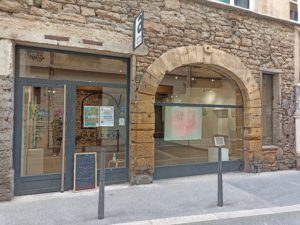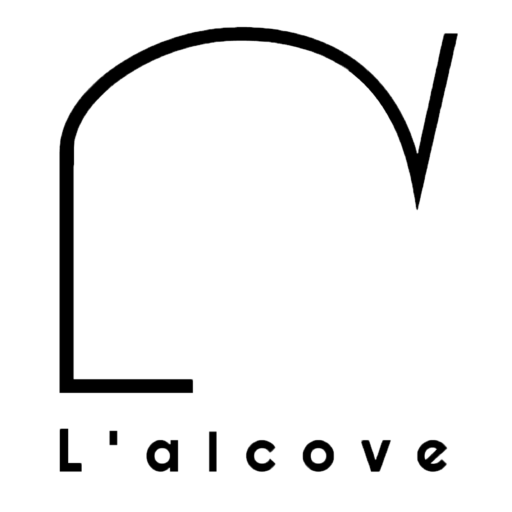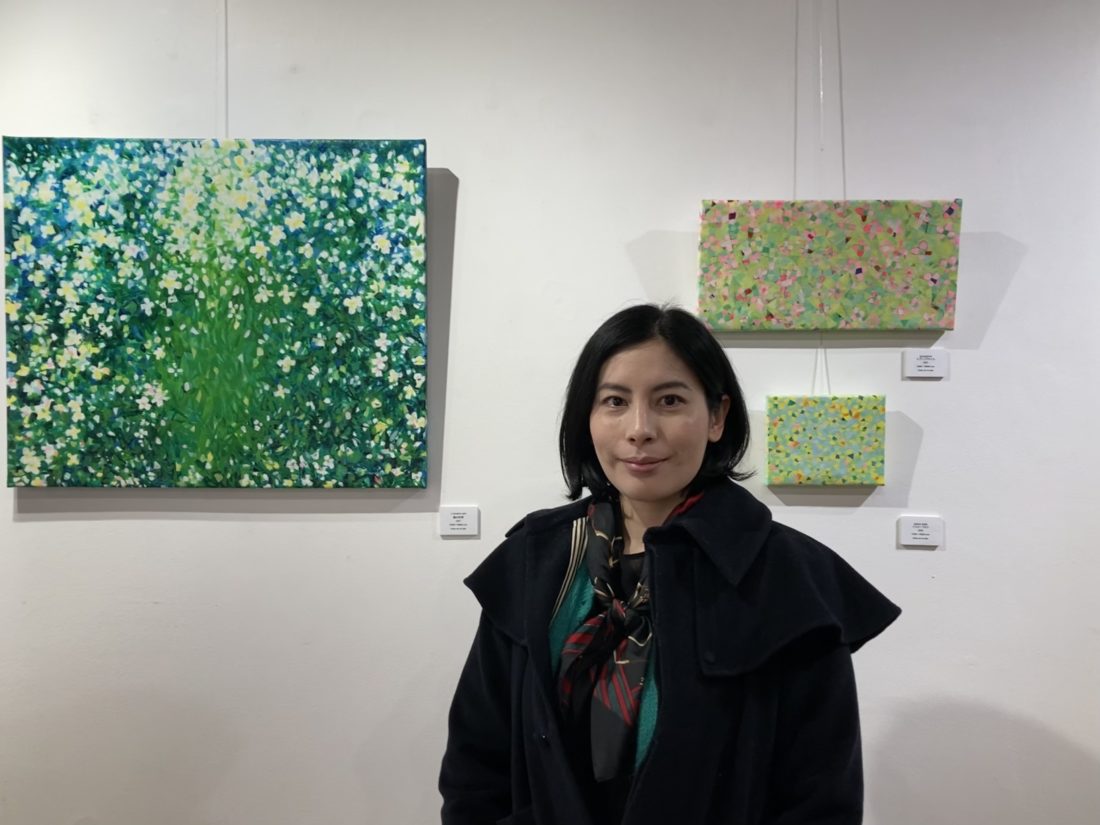Back to Miu Shinoda’s exhibition
“Hanami II“
- Where does the inspiration for the patterns and colors you use in your paintings come from? What is the technique used?
The colors of my painting are represented by my senses. As a Japanese, living in a foreign country, France, is a daily struggle for me, and I sometimes want to flee. In those moments, I remember the moments when I felt joy. I see them in my brain and I express them on the web. I imagine the neurotransmitters that work in the brain are activated at the moment of joy. The conflict repeats itself, as the patterns and colors repeat in my paintings.
The technique used is mainly oil on canvas. I work in detail with a brush to apply many coats of paint.
- Japanese culture is based on a very strong tradition linked to the contemplation of nature and landscape. How is it possible to recover this tradition in our contemporary society?
From ancient times, the Japanese believed that everything had a soul. Trees, mountains, rocks, rivers and other elements of nature are respected and integrated into everyday life, and it is believed that there are gods in nature.
Sudden threats to nature, such as earthquakes, typhoons and tsunamis, are considered the wrath of the gods. To appease the gods, people offered sacrifices, organized festivals and made efforts to please them.
Sumo was originally a ritual to ward off our misfortunes and awaken the earth.
We have become too practical in our lives. Convenience stores, frozen foods, canned goods, etc.
However, we do not know the face of the person who made the food, we do not care about the original form of the food, and in pursuit of profit we have lost the essence of the food, and our life has moved away from the appreciation of nature’s blessings and the feeling of nature.
I think it’s hard for everyone to get that completely back because of the development of life and the great changes that have taken place, but I think it’s important for the future to be in touch with nature, to sometimes admire it, and to feel gratitude and respect for his generosity.
For my part, in organizing the HANAMI exhibition, I would like to reflect on my relationship with nature and I would also like to meet people with different roots and enjoy the arrival of spring.
- In your exhibition the flower becomes a symbol of joy and hope. What distinguishes moments of joy from moments of entertainment?
Moments of joy are naturally felt from within and from without (others) in response to a happy state or a favorable action. They can be given not only to oneself but also to others.
On the other hand, the moments of recreation are those when the human mind is freed from work or study and entertained, and joy is generated when the mind is comforted spontaneously and entertained.
The distinction is whether people seek pleasure through exhaustion or a desire to escape reality. People who are filled with joy do not seek excessive entertainment.
In terms of entertainment, my home country of Japan is the country that offers the widest range of entertainment, including video games, manga and anime. Pac-Man, born in Japan, is part of the MoMA collection, and Pokémon and Mario, born from video games, are popular around the world and entertain children and adults alike.
Behind this, I think that the nature of people unique to island countries and the harsh work environment where people work until they die of exhaustion (karoshi) are not unrelated.
- In your life you have travelled a lot: what does the moment of artistic creation mean and represent for you?
For me, the moment of artistic creation is “Kanki(歓 喜)” in a word in Japanese, when intense joy, joy, is expressed.
This is the moment when the human energy of determination, passion and vitality unfolds and explodes like a big bang. It’s free and beautiful.


